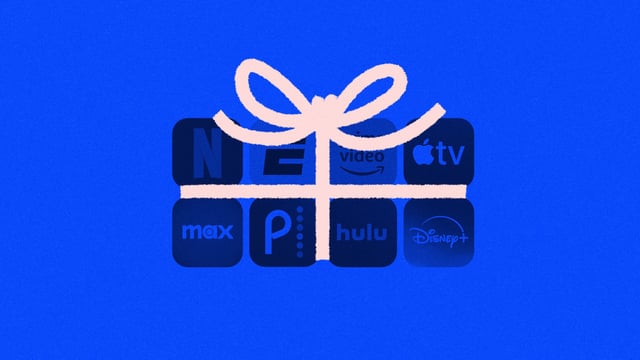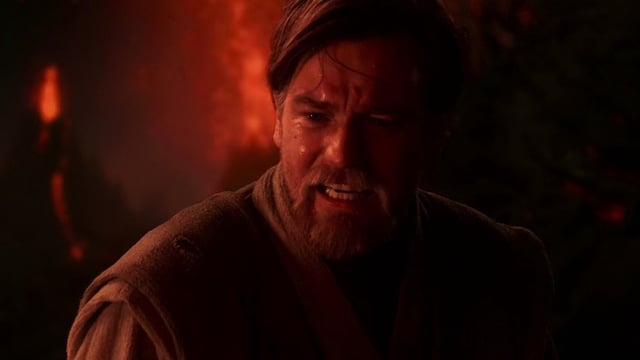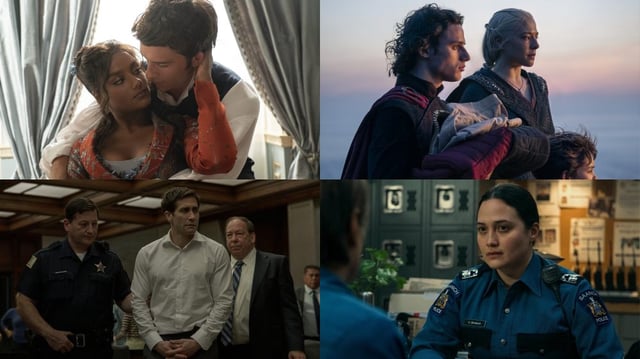Overview
- Disney and Warner Bros. Discovery will bundle Disney+, Hulu, and Max starting this summer.
- Comcast's new StreamSaver bundle includes Peacock, Apple TV+, and Netflix at a reduced price for its customers.
- The streaming industry faces challenges with high costs, subscriber churn, and the complexity of multiple services.
- New bundles aim to balance cost and convenience but may not fully resolve consumer frustrations.
- Artists continue to struggle with fair compensation under the evolving streaming model.


